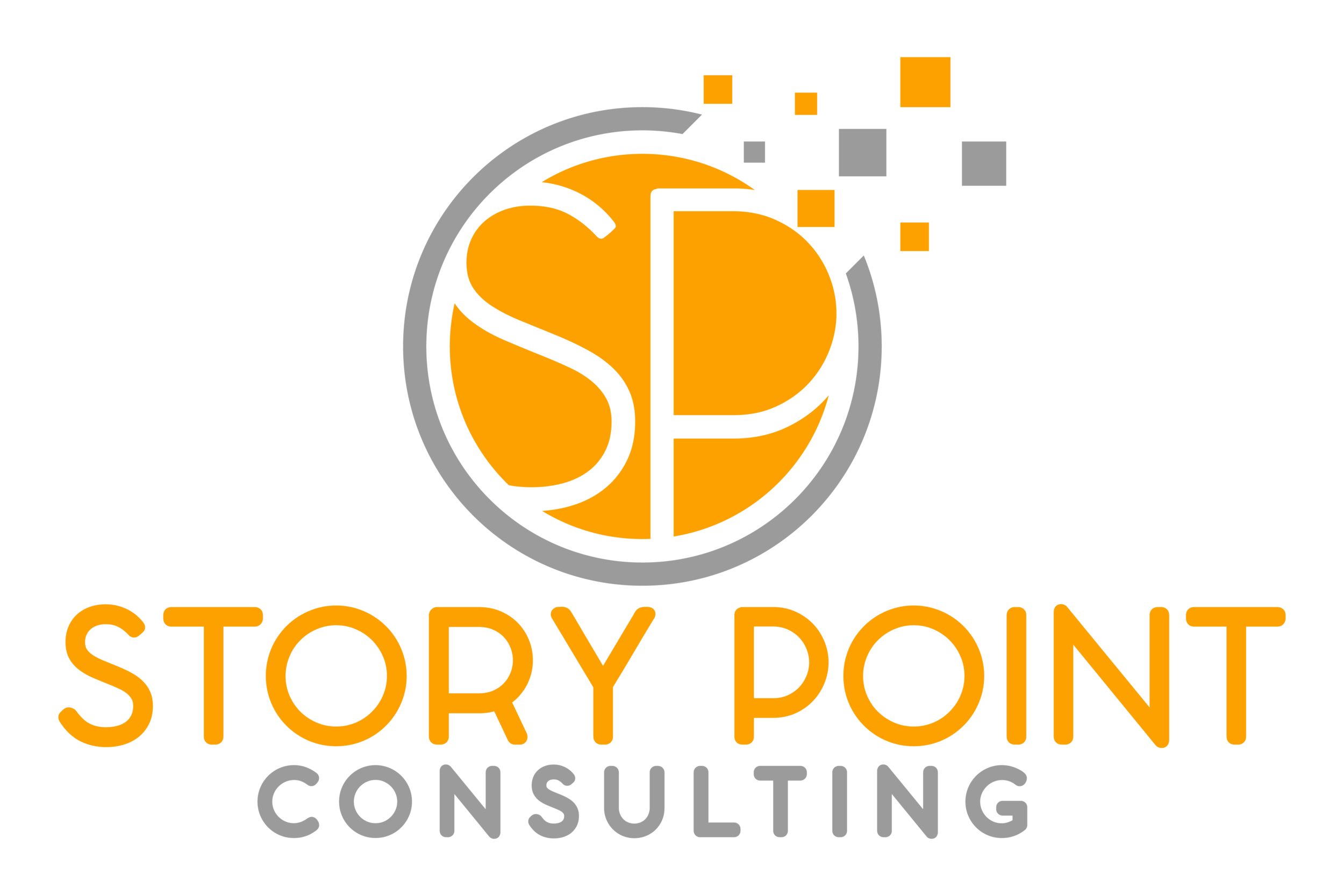Prospect Research 101
For many nonprofit organizations, fundraising is a necessity to help sustain financial operations. And to successfully fundraise, organizations need to find potential supporters. So how do we identify potential donors, and seek their support?
Ok, deep breath. Here’s the thing that tends to make “non-fundraisers” feel most uncomfortable. Asking for donations. But, by developing a strategic fundraising plan, asking for donations becomes much easier. Instead of randomly asking anyone for gifts, a strategic fundraising plan focuses on identifying potential donors who are likely to give, and making it easy for them to donate in a way that works for them.
What is prospect research?
Prospect research is a method used by nonprofits to find donors within and outside of their organization that have the capacity to support their nonprofit. Prospecting is an important part of fundraising as it allows organizations to find individual donors, foundations and corporations whose values align with their own, and feel compelled to support their mission. Prospect research is a tool that allows your organization to identify current donors who are likely to give again, and through research, find new areas of potential support.
What types of organizations use prospect research?
A number of different types of organizations use prospect research to find new donors, and to increase their fundraising revenues. Here are some examples of how different types of organizations engage in prospect research.
Education: Universities often have a large number of former students. However, they realize that certain projects or initiatives will resonate more with certain groups of alumni and therefore use a targeted approach when prospecting. For example, if a university wanted to raise funds to build a new performance venue on campus they would likely start to prospect former theatre, dance or music alumni as these groups would likely be more interested in this project compared to students from other faculties.
Health: Hospital foundations may appeal to former patients and families that have received care from their facilities, and have expressed gratitude for the care of their loved ones.
Arts & culture: Performance art centers may have a large number of patrons that attend their concerts. For these types of organizations, they may start prospecting annual season ticket holders as their yearly commitment demonstrates their positive feelings towards the organization.
What are the benefits of prospect research?
Prospect research has many benefits, and can contribute to a nonprofit’s fundraising success in a number of ways such as:
Assisting in identifying how much capacity donors have to give. Many times we may look at a single gift to indicate a donor’s capacity; but, by reviewing your donor database you may notice trends when examining donor behaviour over a longer period of time.
Can help your organization learn about a donor’s connections. Donors with vast networks can be very beneficial as they can help spread the word of the wonderful work that your organization does in the community. Prospect research can help reveal who your supporters are connected to.
Prospecting can also open up new opportunities that your organization has never considered before. For example, prospect research can help uncover corporations that participate in philanthropic giving that aligns with your organization’s mission.
Getting started with prospect research
Even if you have a small team, try to schedule time to find community members that may be willing to contribute to your cause. When you start prospecting, first consider your organization’s fundraising goals. For example, does your organization want to find new donors? Are you looking for prospects with the ability to give a large gift? Or, strong committed mid-level donors? Whatever approach you decide, it should align with the long-term goals of your organization, and, prospect research is not a one-time task, but a fundraising activity that is conducted on an ongoing basis.
Once you have nailed down your objective you can start to analyze your donor data. We know that many small shops often have limited resources, and in particular, the resources of time. So when you are just starting out, understanding just two simple basics of prospect research can be helpful: capacity and affinity. Capacity refers to the dollar amount a donor is able to give, and affinity refers to the likelihood that the donor will want to support your cause. For example, through prospecting, an organization that works with older adults identifies a corporation that has given large grants (capacity); however the corporation typically supports youth organizations (affinity). In this case, the corporation may be unlikely to fund the organization unless there is more information indicating potential affinity. Examining your data will inform your fundraising strategy for your prospects.
In the interest of protecting your organization’s time and energy, avoid pursuing prospects that are unlikely to fund your cause. So even if it may seem overwhelming at first, taking the time to prospect will actually help direct your organization’s resources, and lead to generating more support for your cause now and in the future.
Ready to put prospect research into practice? Chronicle gives small teams a simple way to manage donor data, highlight capacity and affinity, and build a fundraising strategy that fits your resources.




